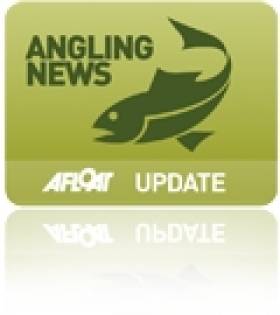Displaying items by tag: Barnesmore Gap
Fishing in Blue Stacks Highlighted in New Film
#ANGLING - A new film on fishing in south Donegal will have its premiere this Thursday, the Donegal Democrat reports.
The film, The Blue Stack Mountains, is the fourth in a series on angling in Ireland by German producer Dietrich Bohnhorst, whose previous angling documentaries have been broadcast on television around the world.
According to Bohnhorst, who has lived in Donegal for 25 years, his latest film “describes a journey from Glenties, through Commeen, Stranorlar, Ballybofey and back over Barnesmore Gap to Donegal town."
It also pays special attention to “about 40 lakes which lie in the Blue Stacks, how to get there and where to fish, what flies to use and so on.”
Bohnhorst hopes his film will help to break the "invisible line" that he says has cut off the "under-promoted" Donegal from the marketing of angling in Ireland.
All are invited to the premiere at Solis Lough Eske Castle this Thursday at 8pm. Admission is free.





























































